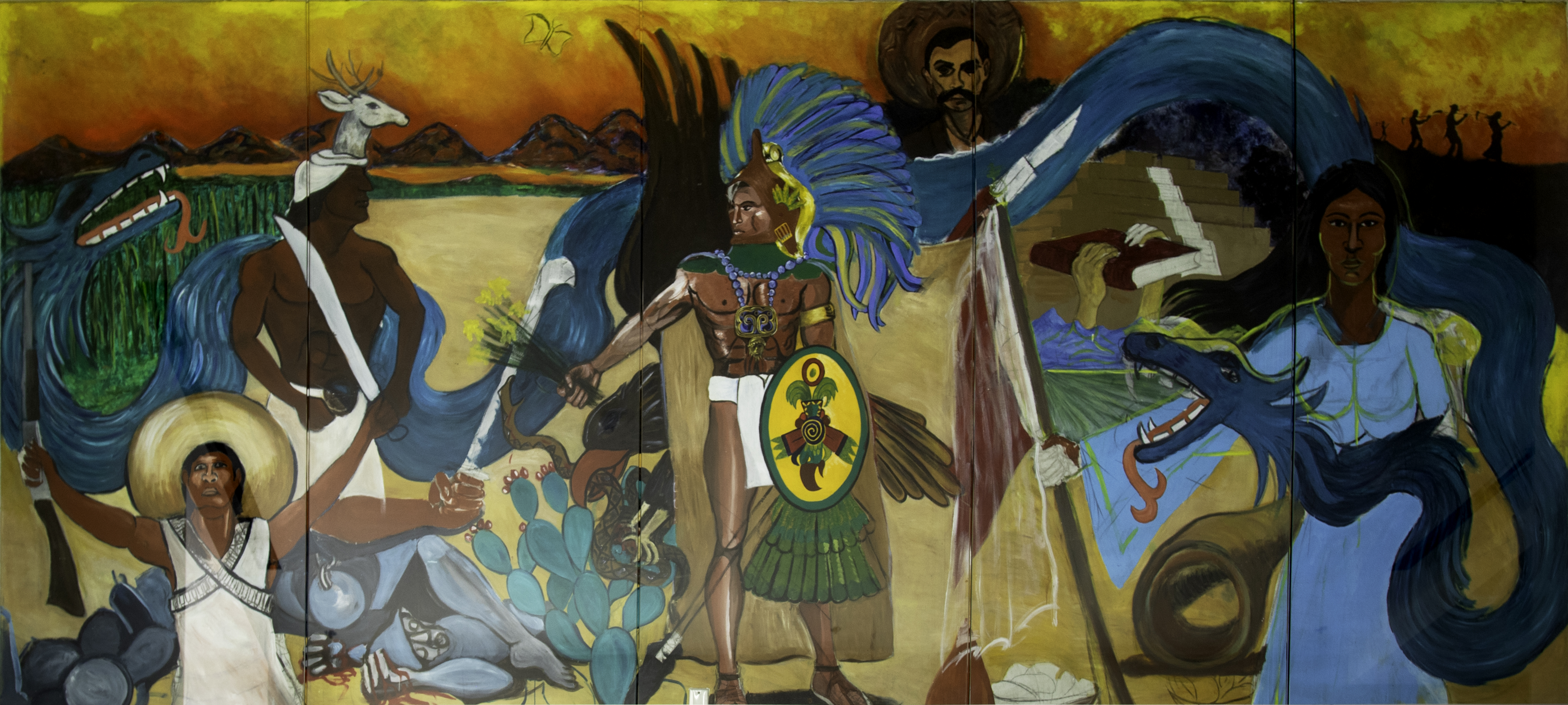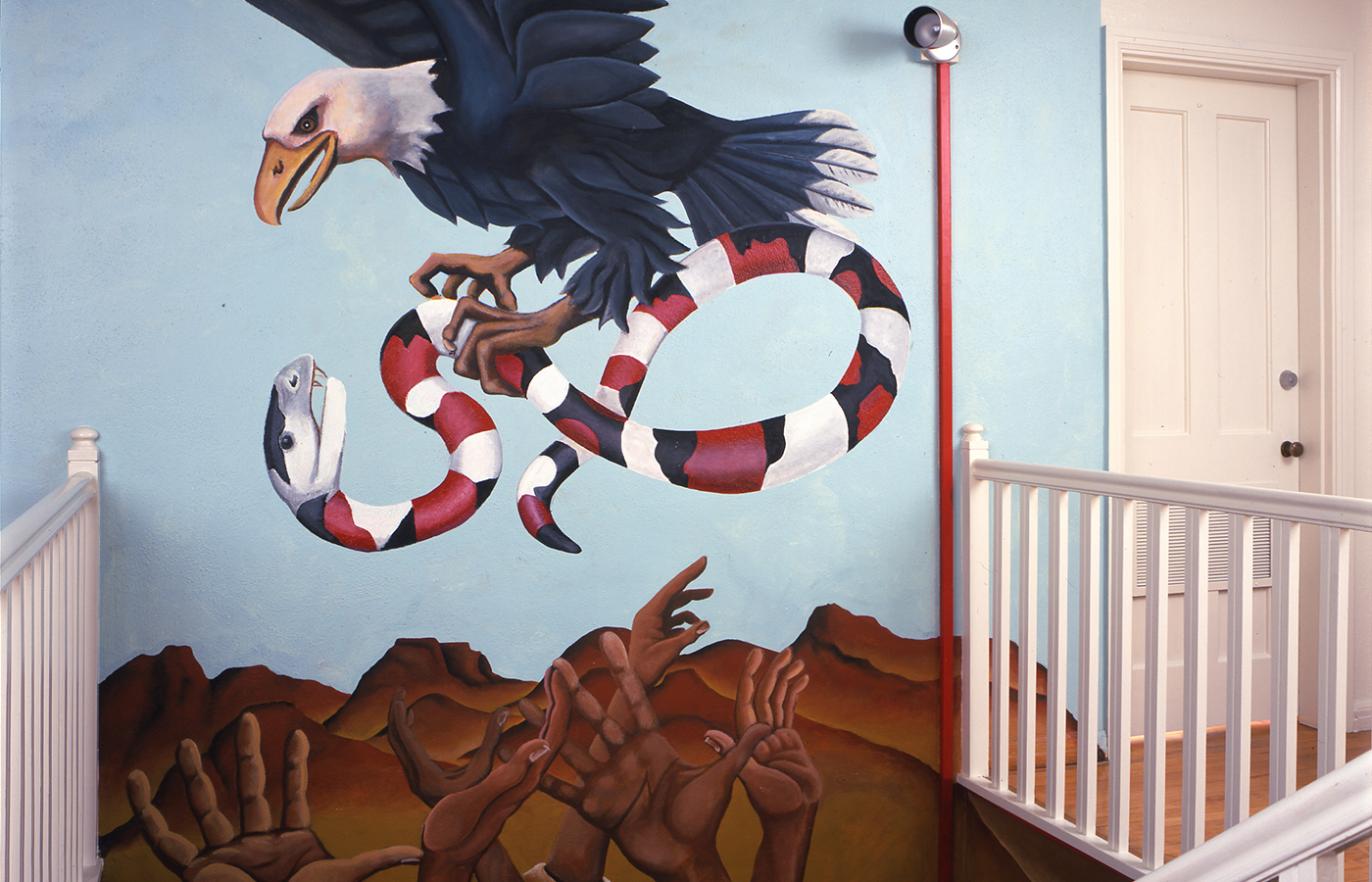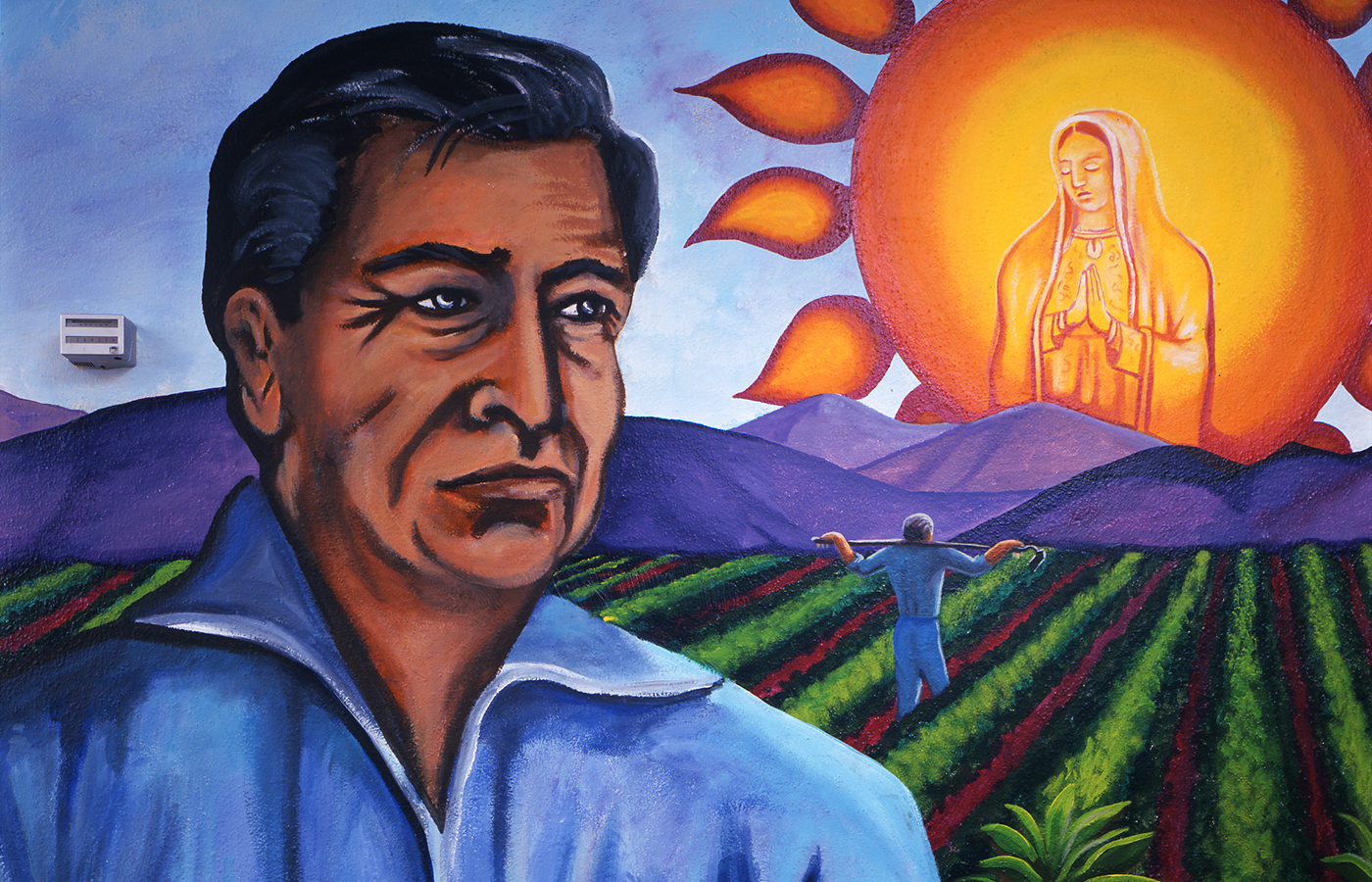
In the late 1960s and early 1970s, there was a growing desire within Arizona State University's Hispanic faculty, staff, and student community to establish and support the educational concept that would later be known as Chicano Studies. A movement was organized shortly thereafter to create a program, center, library, and archive dedicated to Chicano Studies at ASU.
Faculty supporters engaged with university administrators and members of the Arizona Board of Regents to communicate the potential benefits of establishing such a research center at ASU, emphasizing its role in expanding Chicano/a faculty, staff, and student recruitment, as well as developing new programs across various academic disciplines. Importantly, this center was envisioned to secure financial aid and resources to enhance ASU's prominence within its tri-university system and foster collaboration with culturally diverse communities across the state.
On March 1, 1985, the Arizona Board of Regents officially established the Hispanic Research Center, also referred to as HRC. This marked the beginning of a new chapter, and Dr. Raymond V. Padilla was appointed as its first Director.
Dr. Padilla joined ASU in 1982 as a Professor of Educational Leadership in the College of Education. His extensive experience included a tenure at Eastern Michigan University from 1977 to 1982, where he served as the Director of Bilingual Bicultural Teacher Education programs. His background in educational leadership and policy studies, coupled with his scholarly contributions to bilingual education, theory, and technology, positioned him as a key advocate for the HRC’s mission at ASU.

By 1991, Dr. Felipe González Castro, a renowned Professor in the Psychology Department, assumed the role of Director for the HRC. His research focused on cultural factors within Hispanic/Latino populations, including acculturation, ethnic pride, and family traditions. Dr. Castro's work garnered national attention and financial support, exemplified by grants from organizations like the National Institute on Drug Abuse. Under his leadership, the HRC commissioned prominent Chicano artist Martín Moreno from Phoenix to create stunning murals within the center’s original home located on Forest Mall, celebrating themes such as the pursuit of knowledge, the legacy of César Estrada Chávez, and the Aztec symbol for Tenochtitlán.

In 1997, Dr. Gary D. Keller assumed the role of HRC Director, significantly expanding the center's projects and funding sources benefiting the Hispanic/Latino/a/x community. Dr. Keller's noteworthy contributions included founding The Bilingual Review/La Revista Bilingüe in 1973, an academic journal, which earned acclaim as a vital resource for academics and educators concerned with English-Spanish bilingualism in the U.S. In addition to the publication was The Bilingual Press, which played a central role in the HRC's mission to promote works by and about Mexican-Americans, Hispanics, and the Latino/a/x communities in the United States. Beyond his literary interests, Dr. Keller's impact extended to digital media in education, distance education, community outreach, Chicana/o Art, the representation and involvement of Chicanos/Latinos in the United States and Mexican film, and the exploration of pre-Hispanic iconography in Mesoamerica. His leadership left a lasting imprint on the HRC’s mission going forward.
